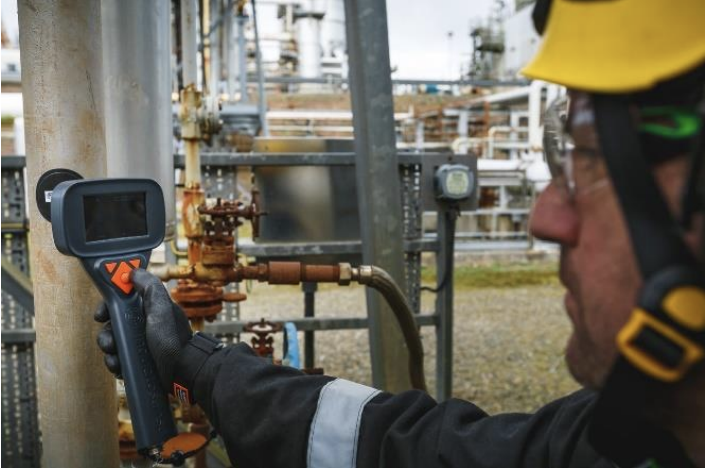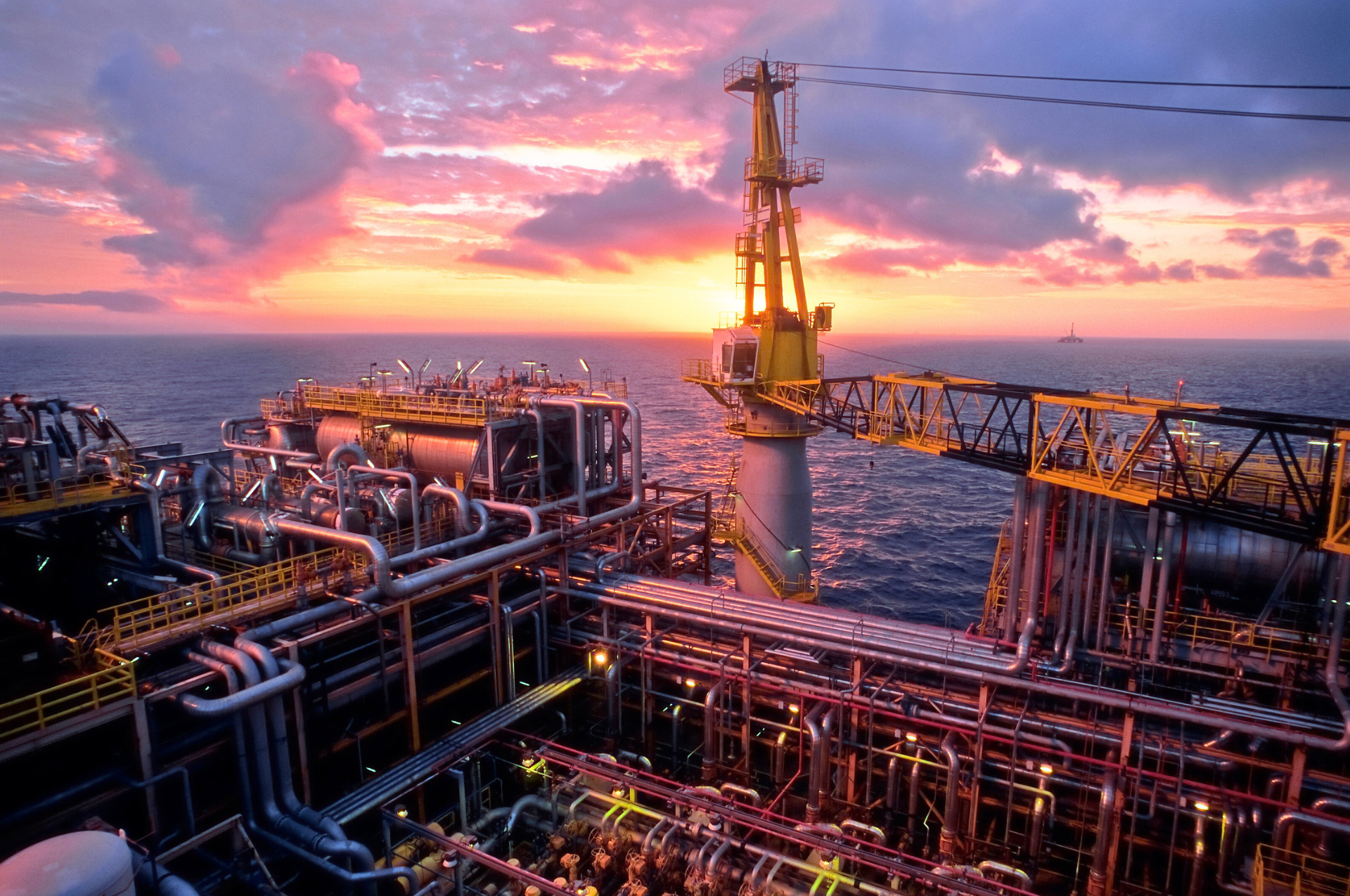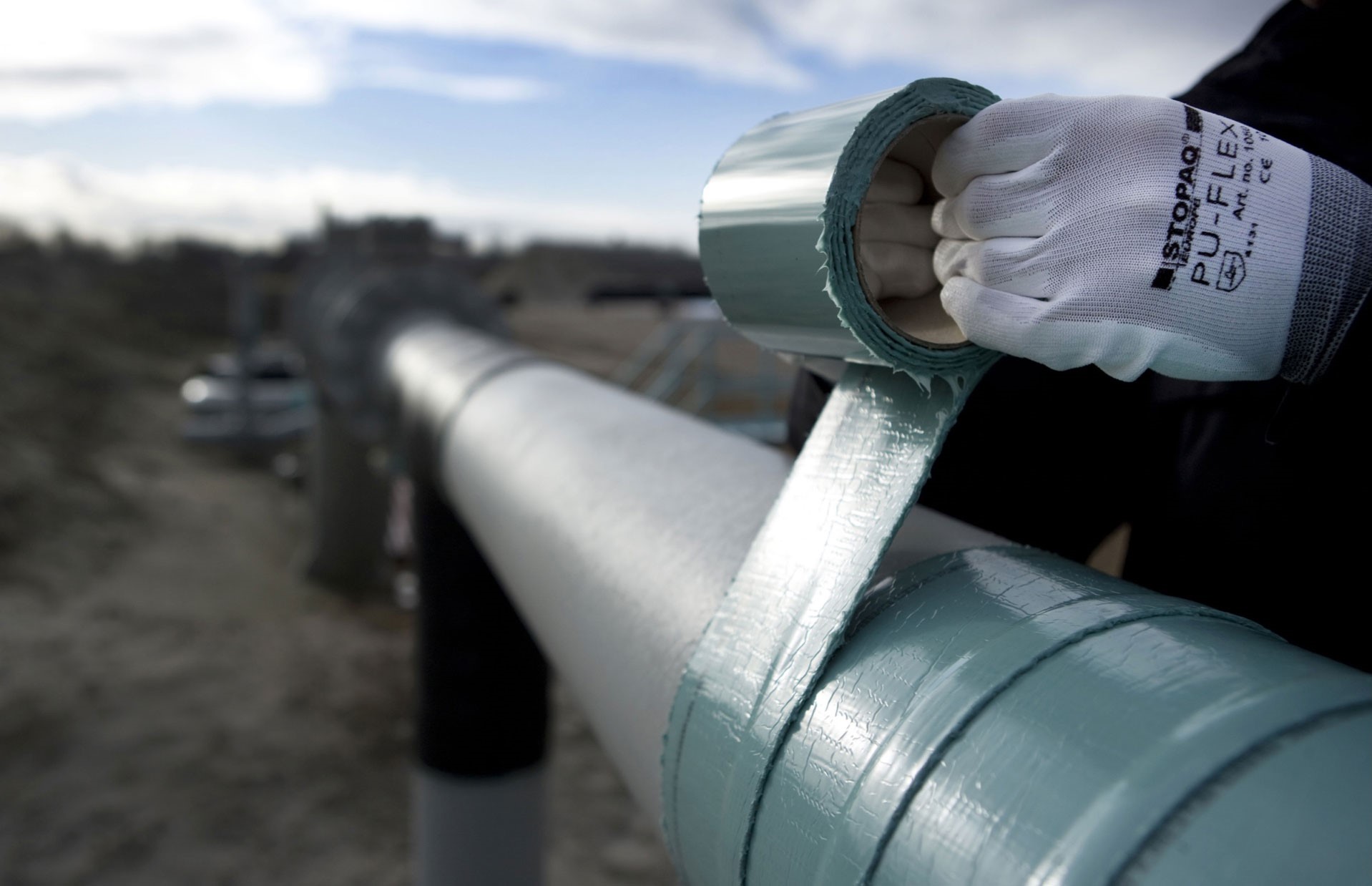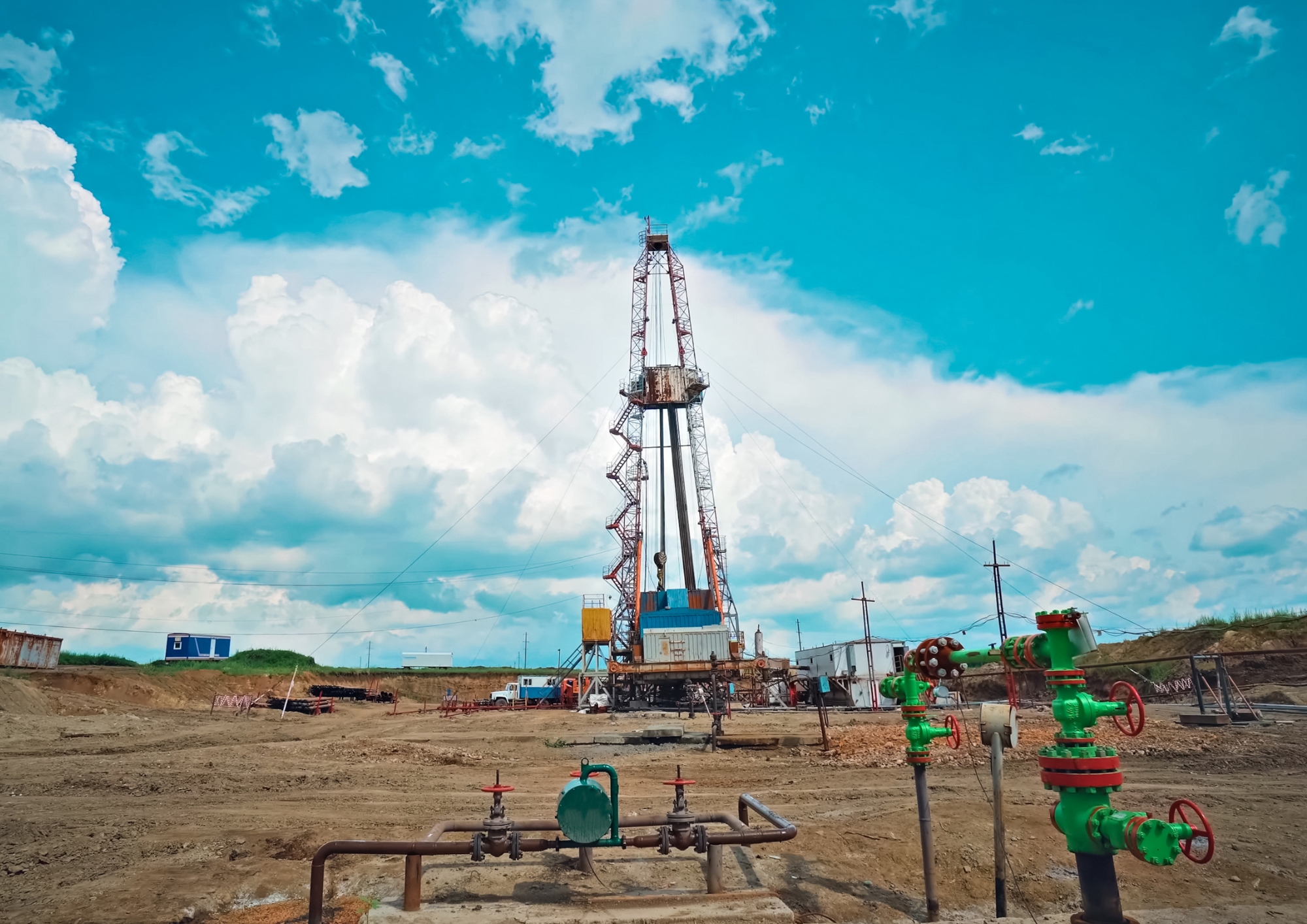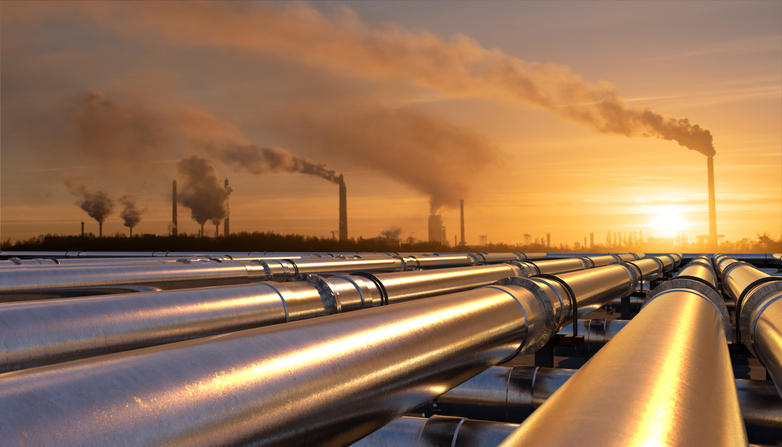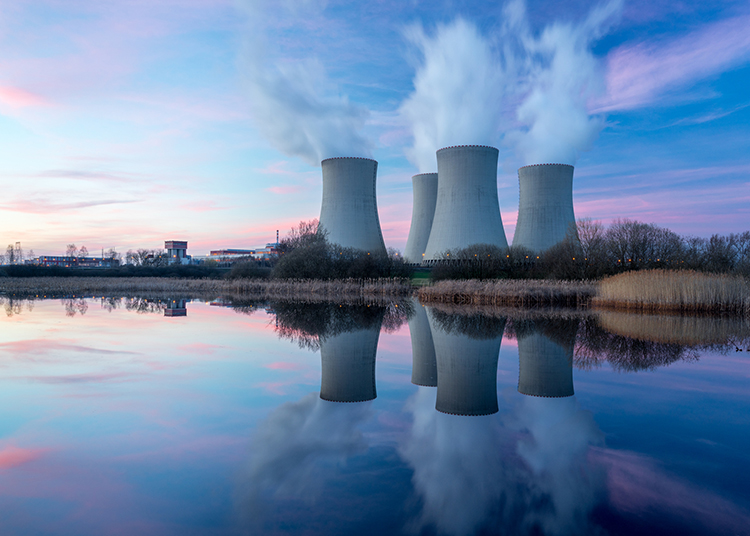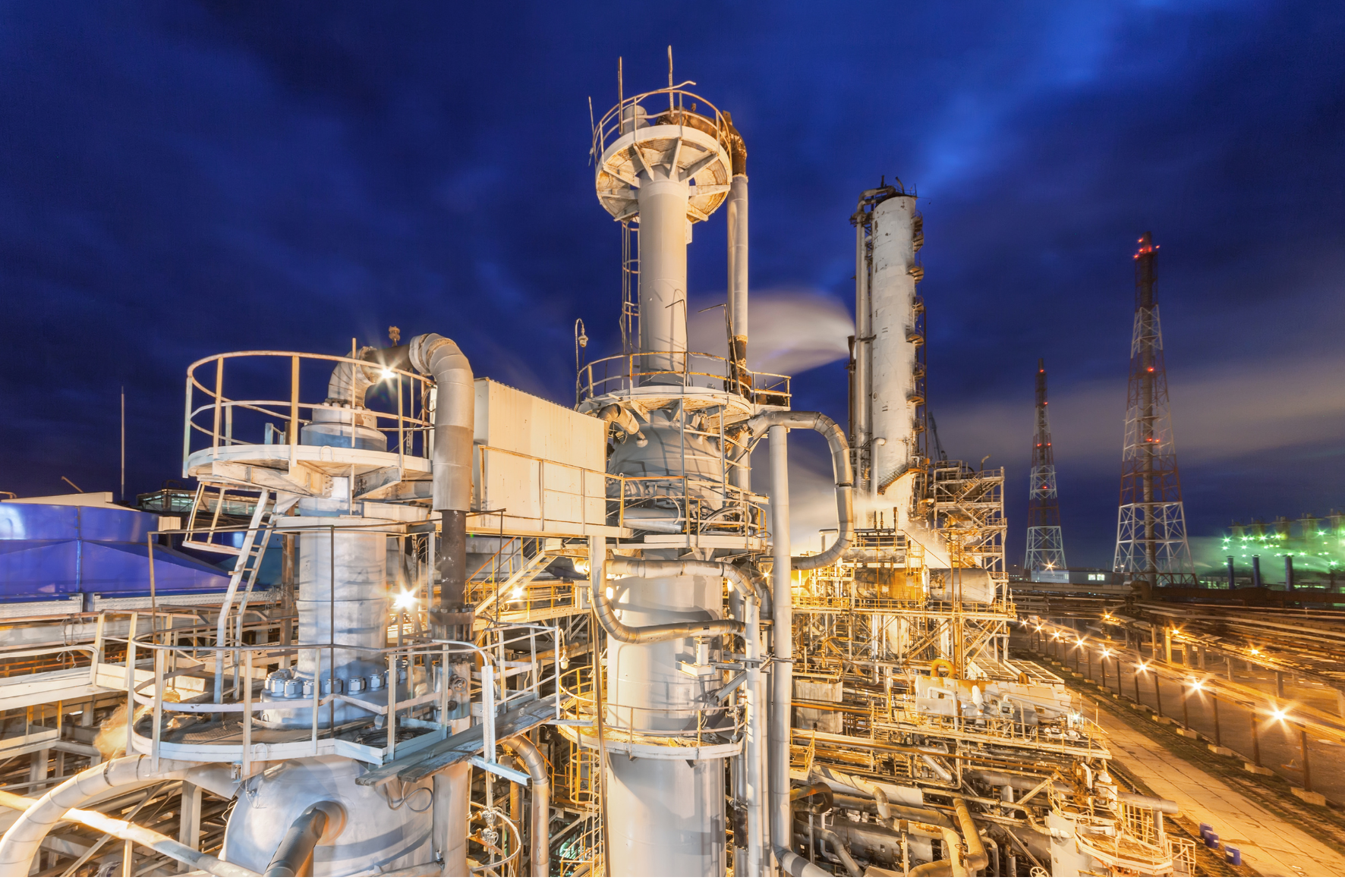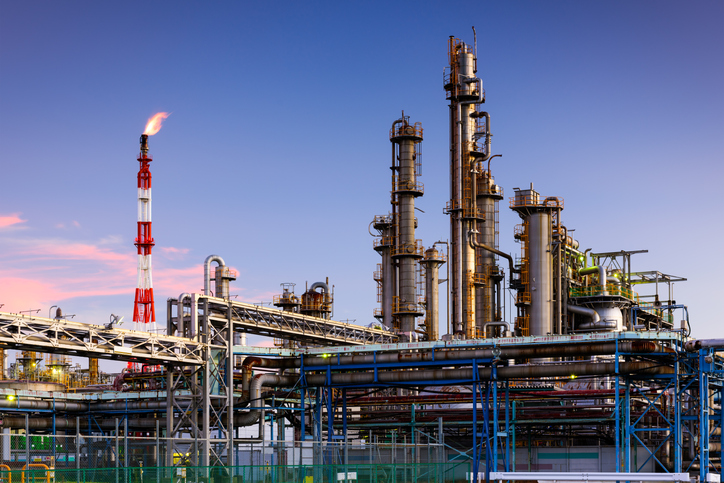

Flare Gas Recovery Unit (FGRU) Corrosion Monitoring Using WAND
The customer wanted to determine corrosion rate at various locations on the FGRU, in order to assess if corrosion would be exacerbated by changing a certain process condition.
Overview
Customer: Refinery operator
Industry: Crude oil refining
Structures: Flare Gas Recovery Unit (FGRU)
Operating temperature: 65oC
Type of degradation: Sour corrosion
Frequency of inspection: Once/3 months
Challenges
- The customer wanted to carry out FGRU corrosion monitoring to determine the corrosion rate at various locations, in order to assess if corrosion would be exacerbated by changing a certain process condition.
- Manual UT thickness readings could not be used for this, since poor measurement repeatability could not accurately trend thickness loss for the corrosion rate calculation.
- Various measurement locations were underneath coatings, and in order to access them for inspection using manual UT, the coating had to be removed. This was not feasible for the customer, considering the high monitoring frequency.
Solution
WAND sensors were installed at designated locations on the FRGU. For those locations underneath coating, the coating was initially removed to install the WAND sensors, and then reapplied on top of the sensors afterward. Data from the sensors was then wirelessly acquired using the WAND handheld data collector
How did they benefit from WAND?
Using the permanently installed WAND sensors, thickness loss could be precisely determined, which enabled the customer to accurately assess how the corrosion rate was being affected by changing certain process parameters.
Thickness data could be wirelessly acquired from the sensors underneath coatings using the WAND handheld data collector, without needing to remove the coating, saving time and costs.
Thickness data from the permanently installed sensors acquired quickly and easily using the WAND handheld data collector
